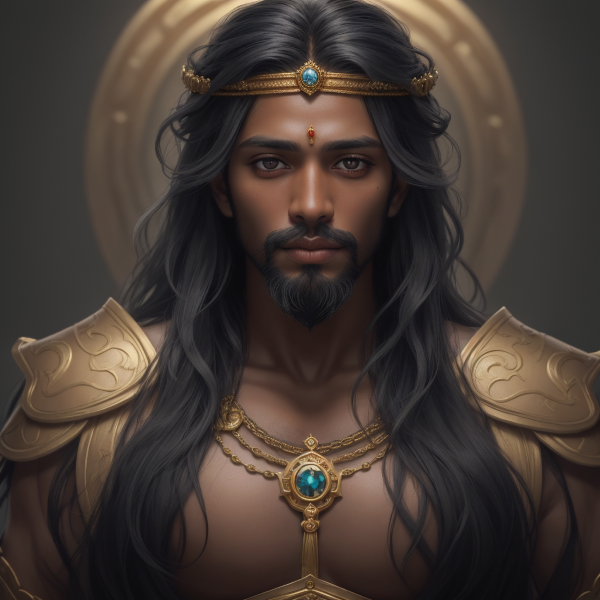King Parakrama: Architect of Prosperity in Ancient Sri Lanka – By Nadeeka – eLanka

King Parakrama, a name etched in the annals of Sri Lanka’s history, represents a pivotal era of prosperity and grandeur. Ruling during the 12th century, King Parakrama Bahu I is renowned for his visionary leadership, remarkable architectural achievements, and the lasting impact he left on the island nation.
Early Life and Ascension to the Throne: Born in the city of Polonnaruwa, Parakrama Bahu I ascended to the throne in 1153 AD. His reign marked a turning point for Sri Lanka, ushering in an era of stability and progress.
Architectural Marvels: King Parakrama’s legacy is most evident in the architectural marvels he commissioned. The city of Polonnaruwa, the capital during his reign, boasts impressive structures such as the Parakrama Samudra, a colossal reservoir that attests to the king’s mastery of hydraulic engineering. The reservoir not only served as a reliable water source for agriculture but also symbolized the prosperity and foresight of Parakrama’s rule.
Parakrama Samudra: The Sea of Parakrama: The Parakrama Samudra, often referred to as the “Sea of Parakrama,” is a testament to the king’s commitment to water management. Its vast expanse not only facilitated irrigation but also reflected Parakrama’s dedication to the welfare of his people. The reservoir remains a stunning example of ancient Sri Lankan engineering, with its intricate network of canals and dams.
Economic Prosperity: Under King Parakrama’s rule, Sri Lanka experienced economic prosperity. The advanced irrigation systems implemented during his reign resulted in increased agricultural yields, fostering a thriving economy. The surplus generated from agriculture contributed to the development of art, culture, and trade, elevating the island’s status in the Indian Ocean region.
Cultural Contributions: Beyond his architectural prowess, King Parakrama was a patron of the arts. The Gal Vihara, a rock temple in Polonnaruwa, showcases his support for Buddhism through the colossal statues of Lord Buddha carved into the granite rock. These statues, including the iconic standing Buddha, reflect the cultural and religious vibrancy of the era.
Legacy and Impact: King Parakrama’s reign left an indelible mark on Sri Lanka’s history. His visionary approach to governance, emphasis on infrastructure development, and commitment to the well-being of his subjects elevated him to the status of a revered monarch. The legacy of King Parakrama endures not only in the physical remnants of his architectural marvels but also in the collective memory of a golden era in Sri Lankan history.
Conclusion: King Parakrama Bahu I’s reign is a testament to the transformative power of visionary leadership. Through his commitment to prosperity, cultural enrichment, and sustainable development, King Parakrama left an enduring legacy that continues to inspire admiration and respect. As we explore the remnants of his architectural achievements and the echoes of his era, we gain insights into a period of unparalleled grandeur in the history of ancient Sri Lanka.







